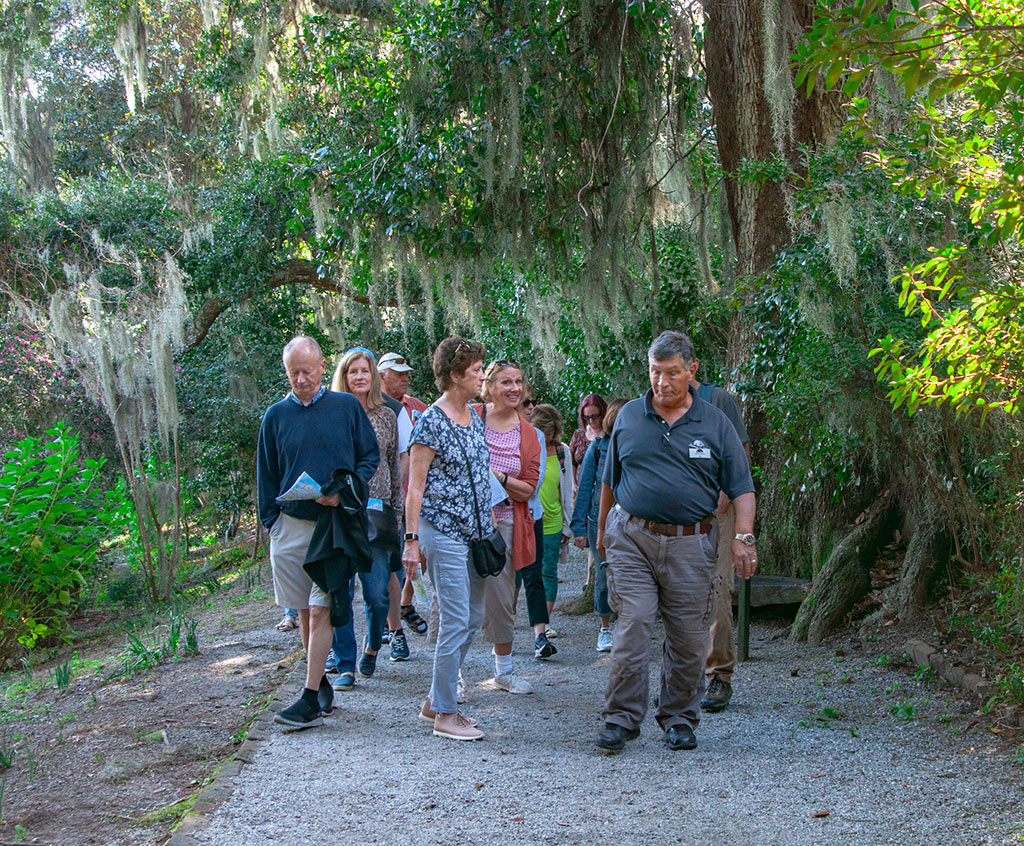During my years at the U.S. Department of Transportation’s Volpe Center, I spent a good deal of time working on federal policies related to alternative transportation. When someone would ask me to explain this in more detail, I would usually say something like: “We work with cities, states, and other government agencies to fund, build, and maintain transportation systems that offer more ways of getting around. Trains, bikes, buses, ferries, sidewalks, rideshares – I’m interested in people having more options than a private car.”
Really, there was a lot more to it, but the topic of alternative transportation was usually the best way to engage a stranger. Once they understood what I was talking about, they almost always had some thoughts or opinions. Inevitably, I would be asked what we were doing to fix the MBTA (Boston’s transit system made infamous during last year’s horrid winter), and I was glad to be able to punt this one. “I wish I could help more, but I don’t really do much locally.” Phew!
Another frequent topic of interest was the state of passenger rail in America. “Have you been to Europe? I was there last summer and rode the train everywhere! It was super easy and fast and clean and always on time, and I just had the best experience! Why can’t we have that here?”
This question does fit squarely within the realm of national alternative transportation policy, and while I am by no means an expert, I do have a general handle on the issue. The simplest answer is that America has a very well respected freight rail system, and our success at moving freight has come at the passenger’s expense. The vast majority of physical railroads in the U.S. are now owned by the major freight companies, and Amtrak pays these companies to run passenger trains on the same rails. So when it comes to managing train traffic, freight pretty much wins, and indeed, moving freight is a lot more lucrative than moving passengers. Here’s a pretty good article in The Economist from 2010 that sums it up.
As I thought more about it and became more familiar with the freight rail industry, I formed an opinion that, like it or not, major improvements to passenger rail in this country are a long time coming. Of course we will continue to hear about higher-speed rail initiatives, and there are a few corridors that are better positioned to make some headway in this area. So many other places, however, are stuck with what they’ve got, which means there must be room for some new intercity transportation ideas.
I couldn’t help but think about my hometown, Charleston, and its neighbor to the south, Savannah. Both cities feel about as European as it gets for small cities in the U.S. They are beautiful, walkable, vibrant, and people visit simply to absorb their respective charms. Also, as discussed in a previous post, at least some portion of visitors are interested in incorporating both cities into their travel plans.
So, given the bleak train situation, I decided there must be room for a new sort of bus between Charleston and Savannah that works for visitors in addition to locals. A bus that is fast, efficient, comfortable, and runs on time. A bus that focuses solely on the historic urban cores of these two remarkable cities. With the ACE Basin Express, I envision a transportation service that does everything possible to provide the quality and experience of European intercity travel, albeit on a highway rather than rails.



